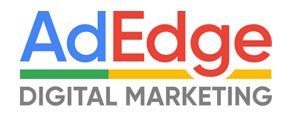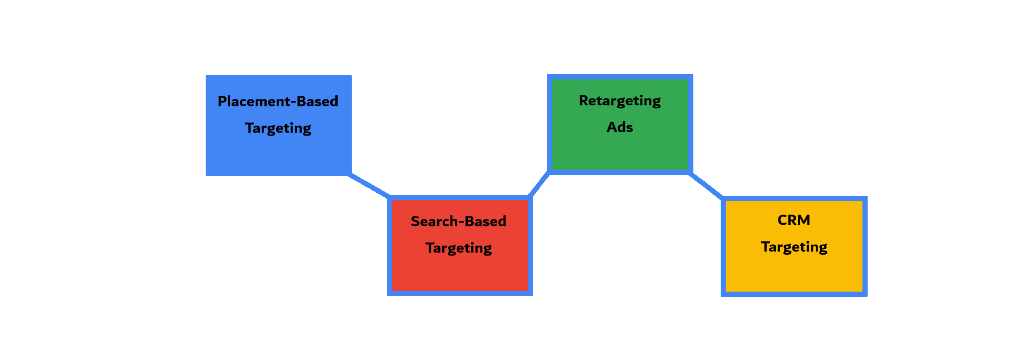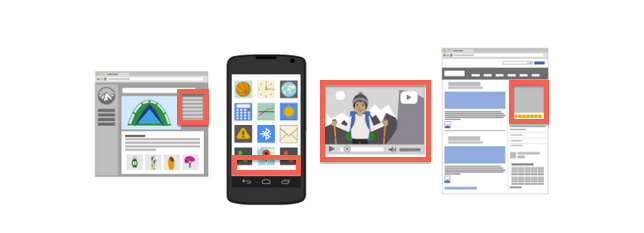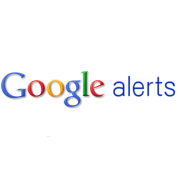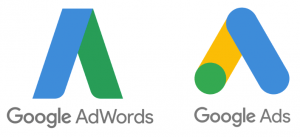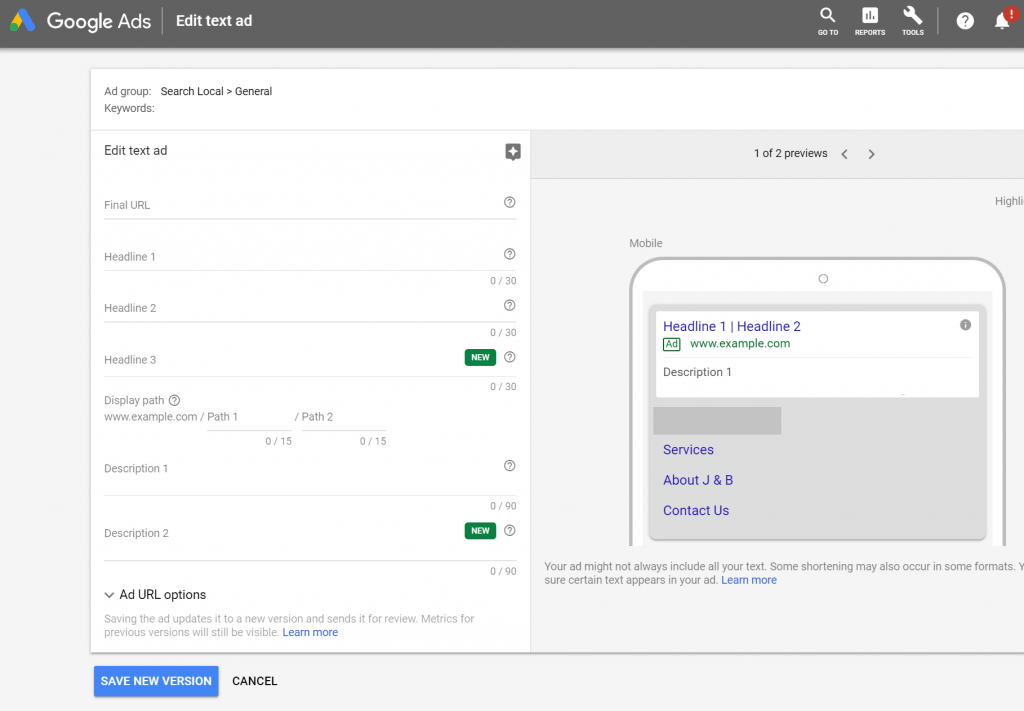Black Friday and Cyber Monday are all the craze around the the holidays. There are great promotions in stores, apps, and online. If you think you missed out this year, don’t fret, because promotions actually run all the way through and even after Christmas and into the New Year. Lots of consumer businesses generate most of their revenue during the months of November. In fact, “Black Friday” was named after the day that many businesses finally got “in the black” for the year. December sees lots of last minute shoppers and January attracts deal-crazed shoppers. As a business owner or manager, what can you be doing with digital marketing to make the most of the holidays? Here are some simple tips to help you be successful this holiday season.
Focus on Re-targeting Ads: For businesses with longer sales cycles – those with products or services that don’t involve “snap” purchasing decisions, re-targeting is an extremely effective way to keep your brand and product or service in front of prospective customers. With customers facing so many choices, the best way to break through is with repetition and with re-targeting or re-marketing, your ads are shown only to customers who have considered your product or service but have not completed a goal – whether that goal is a lead, sale or some other form of engagement on your website. By keeping your company and information in front of these prospects, you remain top of mind which keeps you in the game during the research process and develops trust and preference among these prospects. Most businesses aren’t doing this which makes this tactic that much more effective.
Compliment Your In-Store Promotions With a Strong Digital Strategy: There are many brick and mortar stores that offer in-store promotions. Use digital campaigns to compliment your in-store promotions and other advertising and marketing channels. Advertising to customers from several channels of media has a multiplying impact. Whether it’s print, TV or digital advertising, each channel of advertising you add to a campaign, improves it’s effectiveness by a multiple. Although online purchases are expected to increase 5.1% this holiday season, in-store sales still make up the majority of sales during the holidays. So it’s important to maintain a healthy balance between in-store and online promotions to maximize your marketing performance.
Increase Campaign Budgets: Tying into the idea of maintaining a strong digital strategy, it’s a good idea to set a healthy budget for ad spend during the holidays, especially for consumer products. With a heavily saturated online market, a simple way to boost your campaign performance is to increase ad spend for the months of November, December and January. Since sales conversions are higher during holiday periods, a budget increase will increase your ads position and frequency. Just make sure all the other attributes of your campaign are healthy as well: high intent keywords, top performing placements, location targeting, demographic targeting and bids that are custom set based on keyword and placement performance, just to name a few.
Focus On Mobile Marketing: It’s no secret that almost everyone has their cell phone within one foot of themselves at all times but what you may not know is that smart phone use has surpassed desktop use and the divide is growing. As of 2018, 63% of all desktop traffic comes from mobile devices. Looking at the consumer market, that number jumps into the upper 70% range! To take advantage of this opportunity, make mobile a priority for your marketing strategy. That means a mobile optimized site and mobile optimized advertising.
If you have any questions about your digital marketing efforts during this holiday season or anytime for that matter, feel free to schedule a complimentary call with one of our experts, request a free digital marketing performance analysis or subscribe to our newsletter which is chock full of news and cool new tactics in digital marketing. Thanks for reading and happy shopping!

